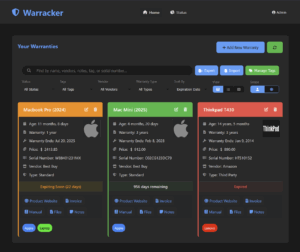FTP (File Transfer Protocol) and its more secure counterpart, SFTP (Secure File Transfer Protocol), are essential for transferring files between servers and local machines. However, it’s common to encounter connection errors when using popular clients like FileZilla. Here’s a detailed look at the most frequent causes of these issues and how to resolve them efficiently.
Key differences between FTP and SFTP
FTP sends data and login credentials in plain text, making it vulnerable to security breaches. In contrast, SFTP encrypts all transmitted information, providing a much higher level of security. For this reason, SFTP is always the recommended protocol for file transfers.
Common errors and how to solve them
1. Critical error: “Could not connect to server”
This error often occurs when attempting to connect to an SFTP server using FTP settings or vice versa. To fix it:
- Open FileZilla.
- Go to File > Site Manager.
- In the General tab, select SFTP from the “Protocol” dropdown menu.
- Make sure the “Logon Type” is set to Normal, and double-check your username and password.
- Enter the host address and set the port to 22, the standard port for SFTP.
2. Error “530 Login authentication failed”
This message indicates that the login credentials are incorrect. Carefully check your username, password, and server information. Even minor mistakes can prevent a successful connection.
3. Port mismatch
Port confusion is another frequent issue:
- Port 21 is standard for FTP.
- Port 22 is used for SFTP.
Always verify that the selected port matches the protocol in use to avoid connection failures.
How to set up a FileZilla FTP Server on Windows
If you need to set up your own FTP server, follow these steps:
- Download FileZilla Server from the official website.
- Run the installer and follow the setup wizard.
- Open the FileZilla Server interface and go to Edit > Users to create user accounts with appropriate permissions.
- In the Shared folders tab, define which folders each user can access.
- Adjust ports, timeouts, and encryption settings in the Settings menu.
- In Windows Firewall, add inbound rules to allow traffic on ports 21 (FTP) and 22 (SFTP).
Additional tips to avoid connection issues
- Ensure your hosting provider or server has FTP/SFTP services enabled.
- Check that local firewalls or antivirus software are not blocking the connection.
- Always use strong passwords and keep your software up to date.
- If using SFTP, verify the server’s public key to avoid man-in-the-middle attacks.
Conclusion
Most FTP and SFTP connection problems can be resolved by paying close attention to the configuration details and using the correct protocols. FileZilla is a powerful and versatile tool, but success depends on ensuring that all settings are correct and up to date. By following these guidelines, users can enjoy stable and secure file transfers between local devices and remote servers.











